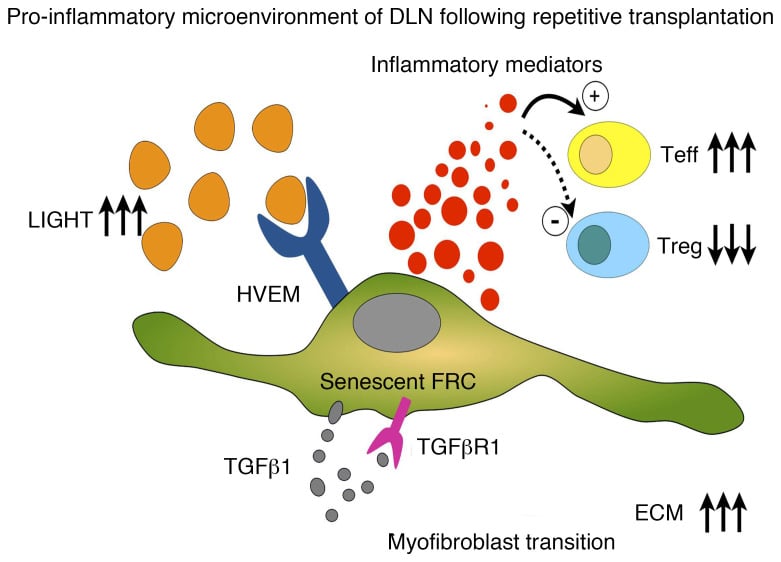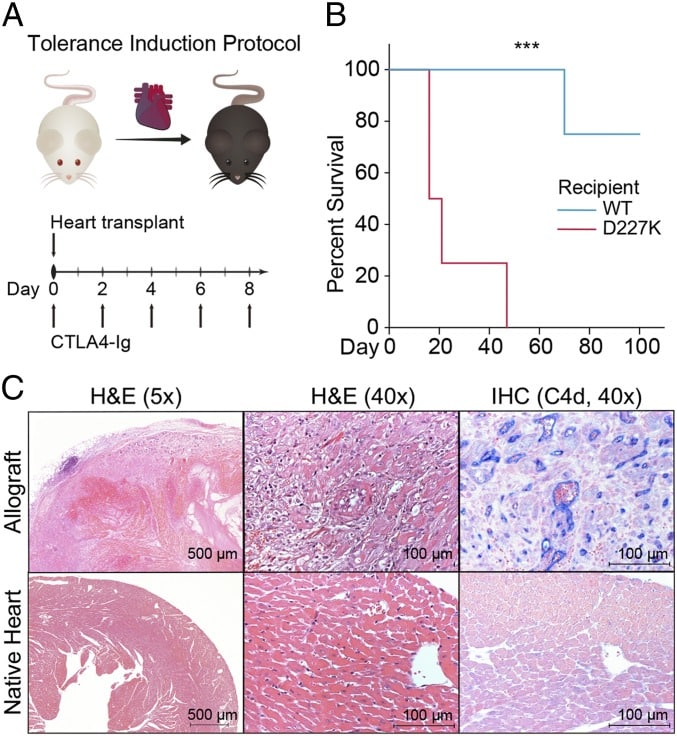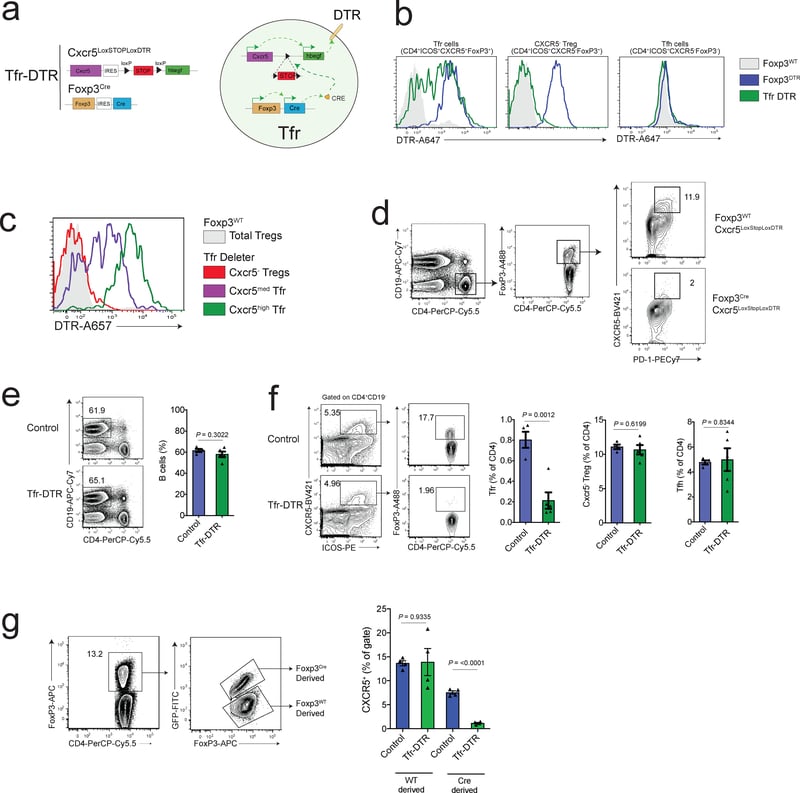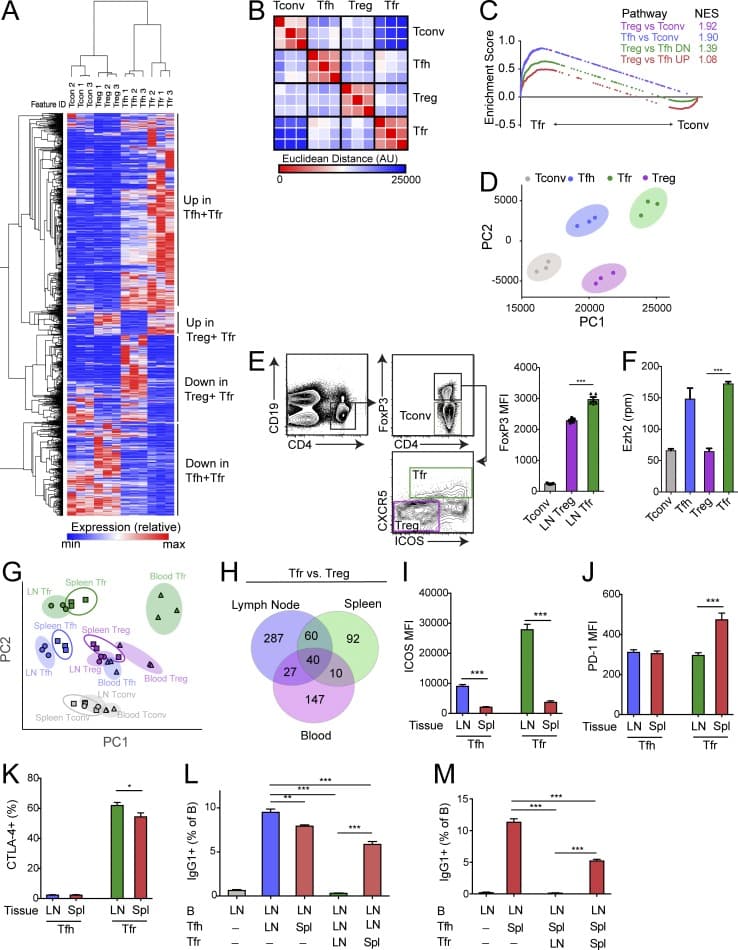
Sitagliptin Treatment at the Time of Hospitalization Was Associated With Reduced Mortality in Patients With Type 2 Diabetes and COVID-19: A Multicenter, Case-Control, Retrospective, Observational Study
Poor outcomes have been reported in patients with type 2 diabetes and coronavirus disease 2019 (COVID-19); thus, it is mandatory to explore novel therapeutic approaches for this population.




